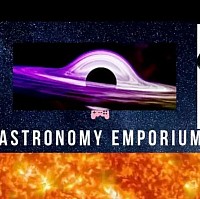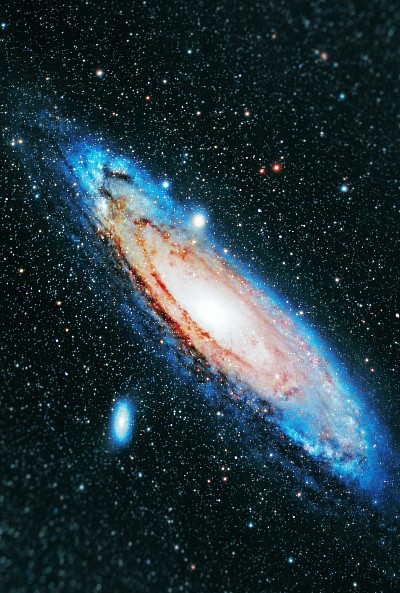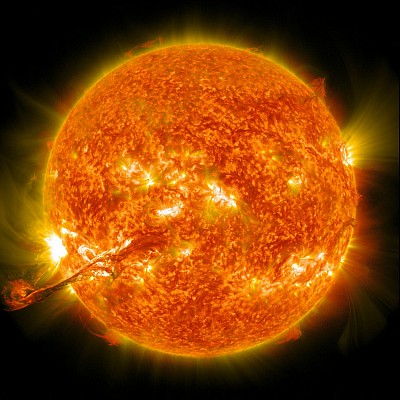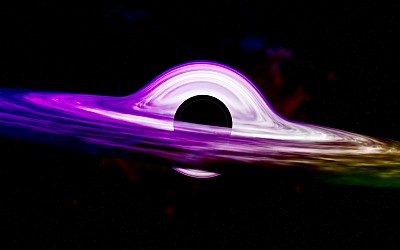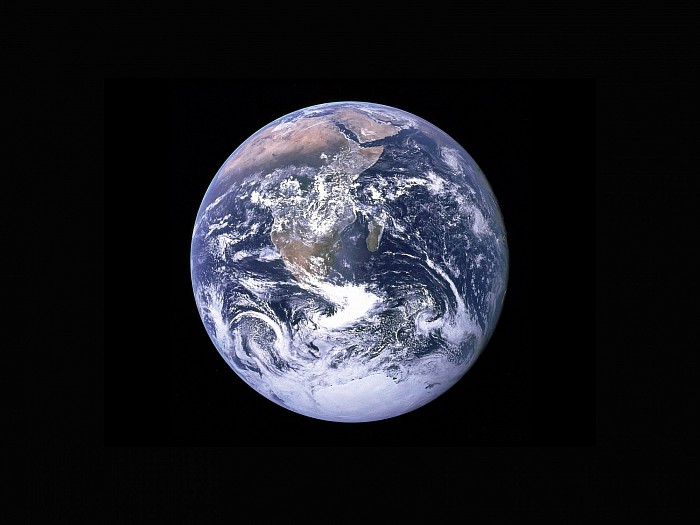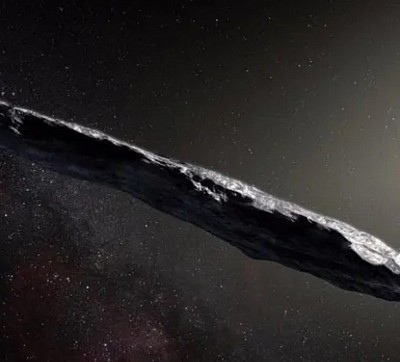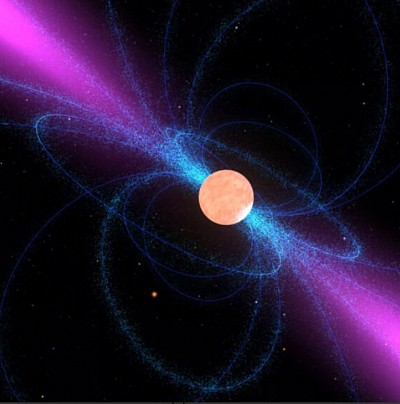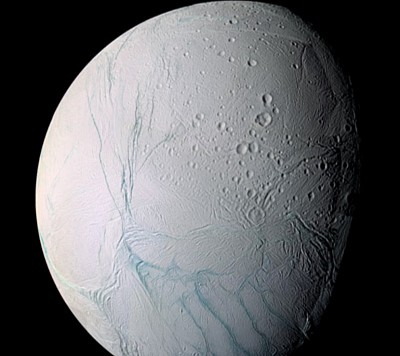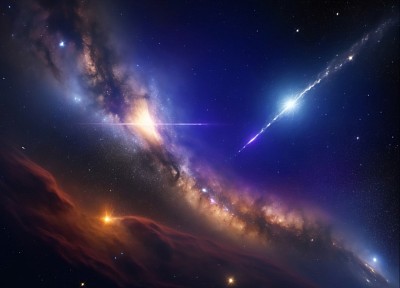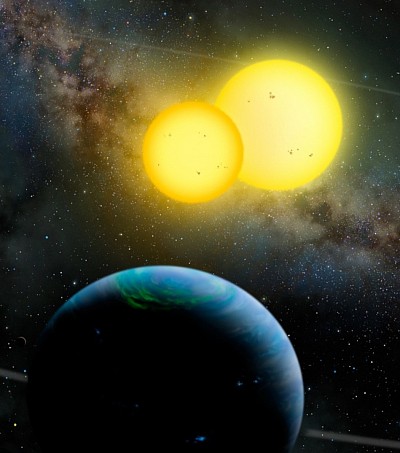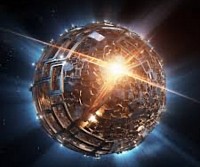Strangest Astronomical facts about some of our Cosmic Wonders !
Journey Beyond: Exploring Amazing Astronomical Phenomena.
From the Sun to Black Holes - Unveiling the Marvels of the Cosmos
Explore the wonders of our cosmic neighborhood with our web page dedicated to “The Marvels of Our Solar System.” Dive into a curated collection of fascinating facts, unveiling the secrets of the Sun, planets, moons, and celestial phenomena that make up our awe-inspiring solar system. From the scorching temperatures of Mercury to the icy plains of Pluto, embark on a journey through the vastness of space, discovering the unique characteristics and intriguing mysteries that define each celestial body. Delve into the scale of galaxies, the dance of planets, and the breathtaking beauty of planetary rings. Whether you’re a space enthusiast or a curious explorer, this page offers a glimpse into the extraordinary realm we call home in the cosmos.
Shining some light on The Sun
Solar Variability: The Sun’s activity follows an approximately 11-year cycle, marked by changes in the number of sunspots, solar flares, and solar radiation.
Solar Wind Speed: The solar wind, a continuous stream of charged particles from the Sun, travels at speeds of about 450 kilometers per second (280 miles per second).
Heliosphere Boundary: The heliosphere, the region influenced by the Sun’s solar wind, extends far beyond Pluto and forms a protective bubble around our solar system.
Sun’s Layers: The Sun has several layers, including the core where nuclear fusion occurs, the radiative zone, and the convective zone where energy is transported through the movement of plasma.
Solar Prominences: These massive arcs of solar material can extend far beyond the Sun’s surface, and their dynamics are influenced by magnetic fields.
Super Massive Black Holes
Some facts about Black holes
Singularity’s Infinite Density: At the heart of a black hole lies a singularity, a point of infinite density where the known laws of physics break down.
Event Horizon: The boundary around a black hole, known as the event horizon, represents the point of no return beyond which nothing, not even light, can escape the gravitational pull.
Micro Black Holes: Theoretical micro black holes, if they exist, would be tiny and could have formed in the early universe, possibly evaporating over time due to Hawking radiation.
Rotating Black Holes or Kerr Black Holes: Some black holes can spin on their axis, and this rotation drags spacetime around them, a phenomenon known as frame-dragging.
Information Paradox: Black holes pose a profound challenge to the conservation of information, as anything that falls into a black hole seems to be lost, conflicting with quantum mechanics principles.
Quasar Powerhouses: Quasars, powered by supermassive black holes, are among the brightest and most energetic objects in the universe, outshining entire galaxies.
Intermediate-Mass Black Holes: While stellar-mass and supermassive black holes are well-known, intermediate-mass black holes, with masses between the two extremes, are still elusive and intriguing.
Gravitational Waves from Black Hole Collisions: LIGO and Virgo observatories have detected gravitational waves from the mergers of black hole pairs, providing a new way to study these cosmic phenomena.
Black Hole Thermodynamics: Stephen Hawking’s groundbreaking work showed that black holes aren’t completely black; they emit a faint glow now known as Hawking radiation, linked to the temperature of the black hole.
Cosmic Cannibalism: When a black hole encounters a star, tidal forces can tear the star apart in a process called tidal disruption, leading to an intense release of energy.
Oumuamua’s Mystery
1. Oumuamua’s Mystery:
Meaning: “a messenger from afar arriving first.”
The interstellar object ’Oumuamua, discovered in 2017, remains a cosmic enigma with its peculiar acceleration and unknown origin.
Diamond Rain
2. Diamond Rain on Neptune: In the icy atmospheres of Neptune and Uranus, it’s believed that diamond rain occurs, where carbon is crushed into diamond crystals by extreme pressure.
What Are Pulsars ?
3. Hyperactive Pulsars: Pulsars, dense remnants of massive stars, can spin hundreds of times per second, emitting beams of radiation like cosmic lighthouses.
see video
Hot Ice !
4. Hot Ice on Enceladus: Saturn’s moon Enceladus has geysers that shoot icy particles into space, creating a plume that contains hot water vapor and organic molecules.
What Are Nebulas ?
5. The Boomerang Nebula: This nebula is one of the coldest places in the universe, with temperatures dropping to a fraction of a degree
What is Dark Matter?
6.Peculiar Dark Matter: Dark matter, which makes up about 85% of the universe’s mass, does not emit, absorb, or reflect light, making it invisible and mysterious.
Jupiter’s Giant Red Spot
7. The Great Red Spot’s Persistence: Jupiter’s Great Red Spot is a massive storm that has been raging for at least 350 years, defying our understanding of atmospheric dynamics.
What Are Quasars ?
8. Quasars as Ancient Beacons: Quasars are incredibly bright and distant celestial objects, thought to be powered by supermassive black holes, serving as beacons from the early universe.
Super powered Magnet Stars
9. Magnetars’ Superpowered Magnetic Fields: Magnetars, a type of neutron star, have magnetic fields so intense that they can disrupt the atomic structure of matter on their surfaces.
Exo - Planets
10. Tatooine-Like Planets: Exoplanets in binary star systems, reminiscent of Tatooine from Star Wars, challenge our traditional understanding of planetary formation.
